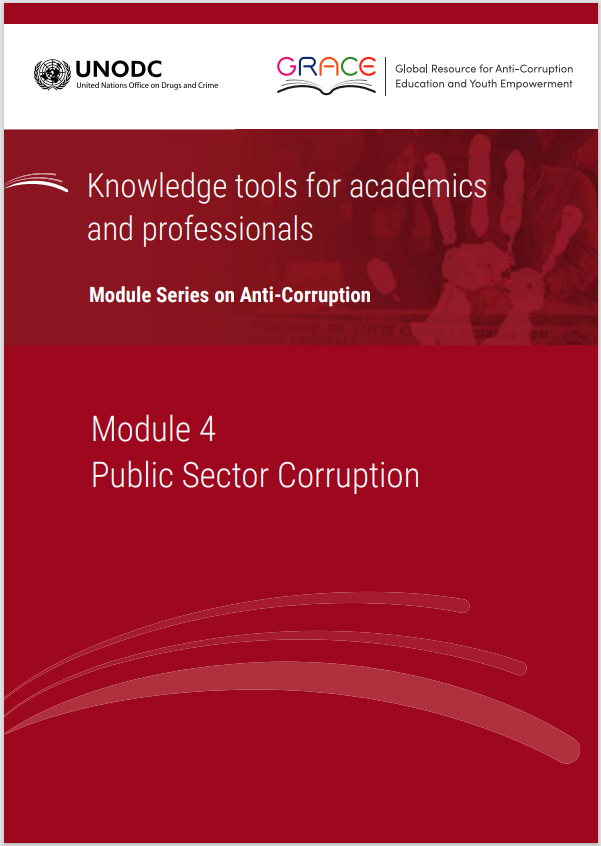This module is a resource for lecturers
Corruption in state-owned enterprises
State-owned enterprises (SOEs) play a significant role in the global economy and provide important goods and services in sectors such as electricity, transportation and telecommunications. SOEs account for approximately ten per cent of the world's GDP (Peng and others, 2016); more than 50 per cent of the gross national product of emerging economies (Armstrong, 2015); and for about one-fifth of world market capitalization (Milhaupt and Pargendler, 2017).
In 2014, the OECD reported that 81 per cent (by value) of the foreign bribery cases investigated between 1999 and 2013 were promised, offered or given to SOE officials (OECD, 2014). SOEs with high-ranking public officials are often at the receiving end of corruption schemes. Historically, SOEs have been very much intertwined in political processes, acting as black boxes for political financing of incumbent governments. SOEs face particular corruption risks owing to their proximity to the government, their prevalence in corruption-prone sectors, and weak corporate governance practices.
Given the relevance of SOEs, the international community has focused its attention on setting tailored corporate governance standards for SOEs, including in transparency and integrity. For example, the G20 adopted High-Level Principles for Preventing Corruption and Ensuring Integrity in State-Owned Enterprises in 2018. Such efforts aim to insulate SOEs from politics, requiring them to adopt corporate governance structures that guarantee transparent relationships with the shareholder (the State), professionalized boards and management structures, as well as financial equilibria, i.e. a level playing field with private competitors for financing, taxes and subsidies, and high standards of transparency and accountability. As cross-sector collaboration and partnerships are a core component of any successful business, more information related to SOEs is contained in Module 13 of the E4J University Module Series on Integrity and Ethics.
 Next:
Responses to public sector corruption
Next:
Responses to public sector corruption
 Back to top
Back to top
